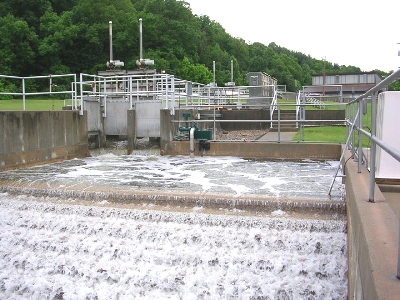Making Water Safe
No living thing can survive without water – this is a fact. Everyone needs water but you have to make sure that you have water that is fit for human consumption because not all the water we see around us is safe to drink. There are so many contaminants brought on by pollution which make our water unfit for drinking without treatment. These substances cannot be detected through the appearance, smell or taste of water, but most of them require chemical testing to accurately check for their presence.
Contaminants are spread by humans and animals but there are also those that come as by-products of industry and agriculture. These contaminants are not visible to the naked eye. That is why you should be careful not to drink any untreated water. Unclean water can give rise to all sorts of illnesses to humans, especially to those who have a quite sensitive immune system.
Modern Water Treatment For Water Cooler Supplies
Not everyone has access to clean water, but everyone can help make their water safe for drinking.
We can all protect our water by minimizing the contaminants that affect it and minimising water pollution by getting more involved in conserving our environment. Just by maintaining clean surroundings and helping educate people about the importance of a sanitised and hygienic environment will assist enormously.
Water Treatment in Underdeveloped Countries
Rivers, artesian wells and lakes are a few sources of water that are treated in people’s homes. The traditional way and maybe the oldest means of disinfecting water is through boiling. Water is treated through heat, long and hot enough to kill or inactivate microorganisms that are harmful to your body. Boiled water though, should not be stored for a long time otherwise, new pathogens may begin to build up.
The use of crushed Moringa seeds is also suitable for domestic use in water purification. Moringa trees are found in many places throughout Africa and Asia. Its wood and leaves are used as medicines. The seed from a Moringa tree is a natural coagulant, which makes it great in treating cloudy or turbid water. When powdered Moringa seeds are added to water, they pull together floating particles like dirt, germs, worms and other solids. These particles can be found at the bottom of a storage container once the water settles. This kind of process may not give absolute assurance that water is one hundred percent safe, but at least you have eliminated most of its bacterial concentration. You can continue on another treatment like solar disinfection or filtering but never chlorinate the water as it may have an adverse reaction with the powdered seeds of Moringa tree.
Water Treatment in Developed Countries
In developed countries, a multi-step process is usually adopted for the treatment of water for human use or consumption purposes. Firstly, rainwater is collected from rivers, reservoirs or underground sources and stored for future use.
And because the quality of the water can vary from these sources, different types of treatment are applied to the water as required. The initial part of this particular process involves screening large objects from the water like leaves, branches or other debris. Then smaller particles are removed using a process called flocculation followed by filtering using rapid gravity or sand filters. Further processes may also be used to remove very fine particles like ion exchange, carbon or ozone treatment.
Finally, tiny amounts of chlorine are added to the water to kill any remaining bacteria before water is made available for use in modern water systems or via a mass distribution system of pumping stations and pipes.

